South Pasadena
Hello!
Welcome to South Pasadena, California
Few cities in California are better recognized for the quality of their small-town atmosphere and rich legacy of intact late 19th and early 20th century neighborhoods and residences. South Pasadena also has a strong claim to having the oldest and most historic sites in the San Gabriel Valley. One of our focuses at The Shelhamer Group is to tell your homes’ story and the story of the communities that are a part of our Southern California legacy.
The architectural heritage ranges from cottage style Storybook, Modern, Midcentury, Spanish, Pueblo, Monterey, Craftsman, and Bungalow. With zealously protected old-time charm and architecture, South Pasadena welcomes a time capsule version of early 20th century California. South Pasadena or “the City of Trees”, is known for its stunning homes, diverse and unique shops and restaurants, and top-quality schools. This quintessential small-town atmosphere, only 6 miles from DTLA makes South Pasadena one of California’s most desirable locations.
ITS ALL ABOUT LOCATION
South Pasadena Real Estate
South Pasadena is located at the western end of the San Gabriel Valley, north of the San Rafael Hills, east of the Arroyo Seco seasonal river, and south of the separate city of Pasadena, California. Adjacent cities are Los Angeles to the west and Pasadena to the north, San Marino to the east, and Alhambra to the southeast.
In early 1874, the area that is now South Pasadena was a part of the San Gabriel-Orange Grove Association. In 1875, the stockholders of the association voted to name their town Pasadena and just three years later, residents living in the southern portion of Pasadena considered themselves South Pasadenans.
In February of 1888, in order to control their own territory, South Pasadenans voted eighty-five to twenty-five for incorporation. A board of trustees was elected and Ammon B. Cobb was appointed as the first marshal, with Marshal B. Selmen as his deputy. On March 2, 1888, South Pasadena officially incorporated with a population of slightly over 500. The City’s boundaries established in 1889 are essentially the same today. South Pasadena consists of 3.44 square miles of prime residential property. In 1876, unimproved land with water was selling from $75 to $150 an acre.
South Pasadena Community
The quiet, historic character of its attractive neighborhoods, is a testament to the preservationist efforts of residents in protecting both its architectural and natural beauty. The city enjoys a low crime rate, and the benefits of a close-knit, participation-oriented community. Small, proud, and independent, the City of South Pasadena has battled for over one hundred years to preserve its status as a distinct and distinctive community.
Today the city of South Pasadena is a charming community referred to as the “City of Trees,” or “South Pas” as residents know it. The area is known for its stunning homes, unique small businesses, and top-quality schools. South Pasadena’s diverse population of about 25,000 occupies a mere 3.44 square miles of flatlands and hillsides on the west side of the San Gabriel Valley.
This small-town atmosphere makes South Pasadena one of California’s most desirable locations. More than 100 acres of parks and playgrounds blanket its landscape and more than 21,000 trees adorn its streets and 52 Historic Landmarks.

A sense of family and community is the backbone of what makes South Pasadena a great place to live. With a large variety of activities for all ages including the Kidspace Children’s museum, farmers markets as well as the 100 acres of parks the historic character of an attractive neighbor is maintained and preserved by its tight night, small, proud, and independent community.
The city of South Pasadena was recognized as the nation’s first Green Zone City, for being the first city in the country to maintain all municipal parks and medians with one hundred percent gas and emissions-free equipment as well was recognized as a Top Green City in the United States, for the efforts taken to ban plastic bags.
South Pasadena boasts one of the region’s most prestigious public school systems, with excellent options from kindergarten through high school ranked in the top 30 California public schools for college preparation and all rank A+
South Pasadena Art and Shopping
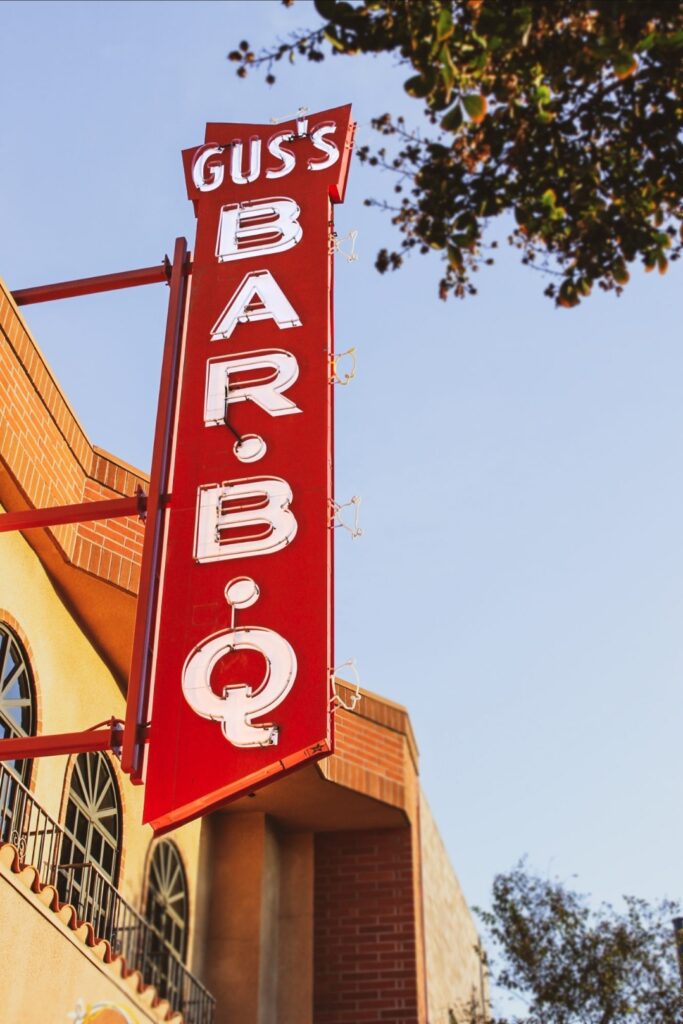
Gus’s Barbecue – Family owned and operated since 1946, today Chris and John Bicos keep the family tradition of hospitality alive at Gus’s. As brothers and co-owners, they grew up working in their parent’s restaurants and quickly developed a passion for creating memorable moments through the magic of great food, lively company and shared connections. Growing up in a household full of constant celebrations, friends, and family, they learned that the art of true hospitality is born out of the joy of connecting with each other over a shared meal. Their youth inspired their love for food and a strong sense of community, but their obsession with BBQ and the unique patience required to develop authentic flavors is what excited them to share their craft with others. Like many of the best things in life, honest BBQ takes time and discipline. Therefore, Chris and John journeyed through the most BBQ-loving states in the US to learn from the best and to serve you never-rushed, hand-rubbed, high-quality, wood-smoked perfection. As an extension of our family, our hope is that with each bite and every interaction with our amazing teams, you get to experience our commitment to true southern hospitality. Order a half rack of Memphis baby back ribs and cast iron cornbread. You will thank us later!
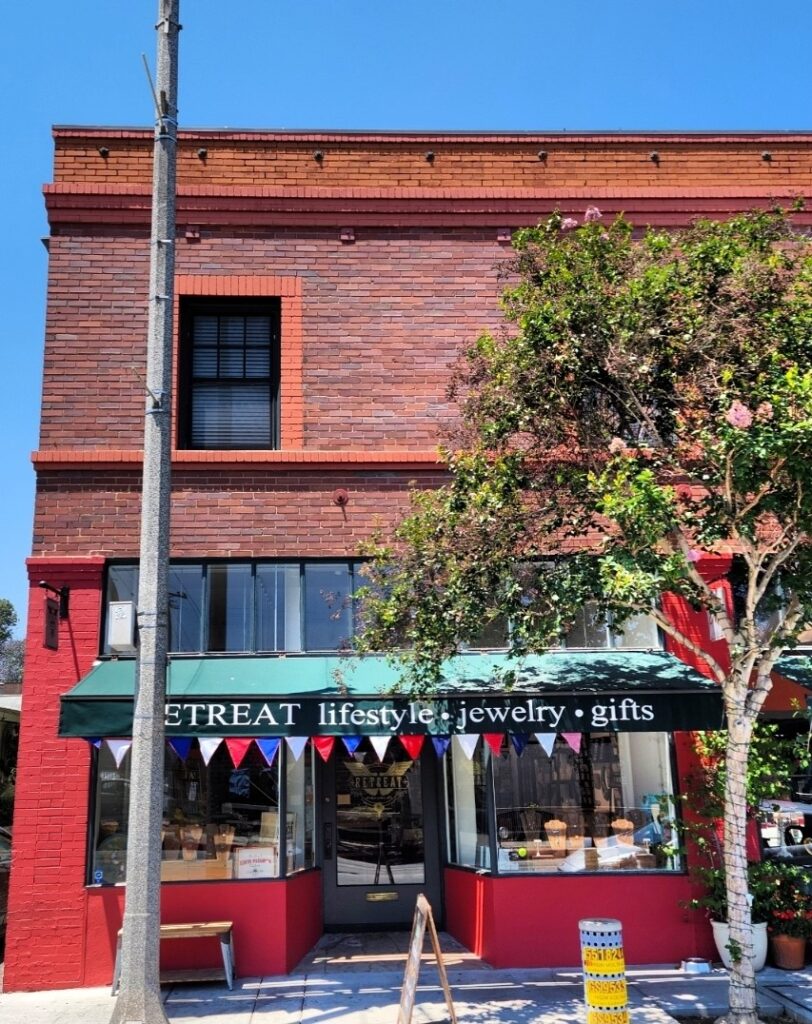
Retreat – Retreat is a specialty artisan craft shop in South Pasadena with keenly curated gifts and treasures. In the shop, you’ll find a beautiful selection of jewelry, men’s and women’s accessories, unique table-size clocks, candles, bath & body products along with hand-drawn cards, journals, wall art, pottery, ukuleles, books, barware, leather goods and much more.
Owner and our friend Diane Staples has a passion for handmade items cultivated by over 20 years of buying for specialty shops. She creates a fun and memorable shopping experience for her customers and curates a variety of merchandise that excites her guests. Between Dianne and Pam the service is intimate, thoughtful, personalized and patient. Our favorites are their one of a kind handmade gifts, greeting cards, and individually procured jewelry pieces.
A conversation with Diane is icing on the cake!
South Pasadena Farmers Market
Established in 1999 and operated by the South Pasadena Chamber of Commerce since 2004, the South Pasadena Farmers Market has created a sustainable, local economy in wonderful, walkable South Pasadena, California.
The Award-Winning South Pasadena Farmers Market brings certified, California-grown produce directly from local farms to you! Rain or shine, every Thursday afternoon we are here throughout the year (except for Thanksgiving). Exit the Gold Line at the South Pasadena station and you’ll find our bustling outdoor market from 4-8pm in Spring, Summer and Fall, and 4-7pm in Winter. The special, inviting ambiance of our market shines under a canopy of towering trees where families, friends, and neighbors gather to enjoy the freshest produce, a diverse array of prepared food vendors, and live music. After shopping, don’t forget to explore the many nearby indie shops and restaurants that are often open late on market night. Some of our favorites are Hopf Chocolate – raw vegan chocolate bars, the Kettle Korn, Chicken Guys – Rotisserie chicken, roasted garlic potatoes, as well as the most extraordinary fresh produce and flowers!
Stems

We create the dopest cheese and charcuterie boards, tea sammies and salads using only the freshest ingredients. We also do full-service catering as well as curate one of a kind food and wine experiences in San Gabriel Valley. Started by a generational team of women, our Grandmother, Mother and Daughter team put a spin on the traditional and design events that are not only approachable and fun but insightful and sophisticated.
Everything we do is done with each individual client in mind. And every workshop is designed to fit the culture of each company, style of each client and mission of each non-profit we work with.
We also focus on working with other local and sustainable businesses and other mom and woman-owned businesses. Kaiy Smith-Biesman, owner, chef, and sommelier. Kaiy treats you like royalty and both our clients and all of us at the brokerage enjoy their amazing boards as often as we can! Our favorite go to choice is always the grazing boards. They should receive a Michelin Star outright!
South Pasadena Architecture and Real Estate
Early century small-town life complete with a soda fountain. The craftsman’s style homes for sale are a dream for those that love the “original” American style. Famous designers Green and Green and G. Laurence Stimson are often displayed in South Pasadena.
The quiet streets of South Pasadena are mostly free of swaying palms, and exterior stucco. The spirit of the community rests in the stories these homes showcase. Their rich architectural legacies are preserved and complimented by the conversations neighbors and outdoor enthusiasts alike share on any given day.
With demand high and limited supply you need both a local and knowledgeable agent that can get you into your new home’s door. This is not a new city, or up and coming, it is strong and vibrant and has been for a long time, with strong rules and regulations to keep it that way. This eco-friendly, small-town vibe neighborhood is in HIGH demand, and the pricing is definitely reflected.
The median sales price for single-family homes in the 91030 ZIP Code from the beginning of this year is $1.9 mil. The lowest priced home ranged from $600,000 to $3.3mil. Of the 39 listings sold, the average time on the market was 25 days with the medium days being 10. These homes move fast! South Pasadena is most notably known for its well preserved Craftsman and Bungalow homes.
The terms “Craftsman” and “Bungalow” are often used interchangeably, though there is a fundamental distinction. “Craftsman” refers generally to the Arts and Crafts movement and is considered an architectural or interior style, whereas “Bungalow” is a particular form of house or building. The magnificent turn of the century California Craftsman homes with dark earthy colors blend in with South Pasadena’s abundance of trees.
The first Bungalows in the United States, as we might recognize them, appeared after the Philadelphia Centennial celebrations of 1876. More Americans became interested in applying new principles to architecture, striving to move away from European precedents. The Bungalow was the result of the overthrow of Eclecticism, in an attempt to apply more simplicity and honesty in style and materials to American homes. Generally, the Arts and Crafts movement was a reaction to the extravagant, machined, and mass-produced Victorian styles that in turn represented the Industrial Revolution.
By the 1890s, the bungalow form in America had diffused to the West Coast, particularly via San Francisco and Southern California. It is the so-called California Bungalow that became the rage in pattern books across the nation and was reproduced into the various forms of middle-and working-class housing and some elaborate, high-style examples. The popularizing of the west-coast bungalow has been generally credited to the Greene and Greene brothers and their architectural firm in Pasadena, CA. In 1902-1903, Charles and Henry Greene were influenced by the vernacular style of board and shingle buildings in California as well as authentic Japanese sources.
The Bungalow form became the common builder’s house between 1910-1920, influenced by Greene and Greene. Numerous “Bungalow books” promoted the new style and form. The type, with many variants, included these features: low, gabled, one or one-and-a-half storied house, and a front pitch of roof extended to shelter a large incised porch.
By the 1990s, the Craftsman style and its associated Bungalow form were enjoying a revival across the United States, which has yet to ebb. More Americans are either restoring older Bungalows or purchasing newer “Neo-Craftsman.” Bungalows are constructed now by larger production builders or as specially designed custom homes.
South Pasadena Historical Fun Facts
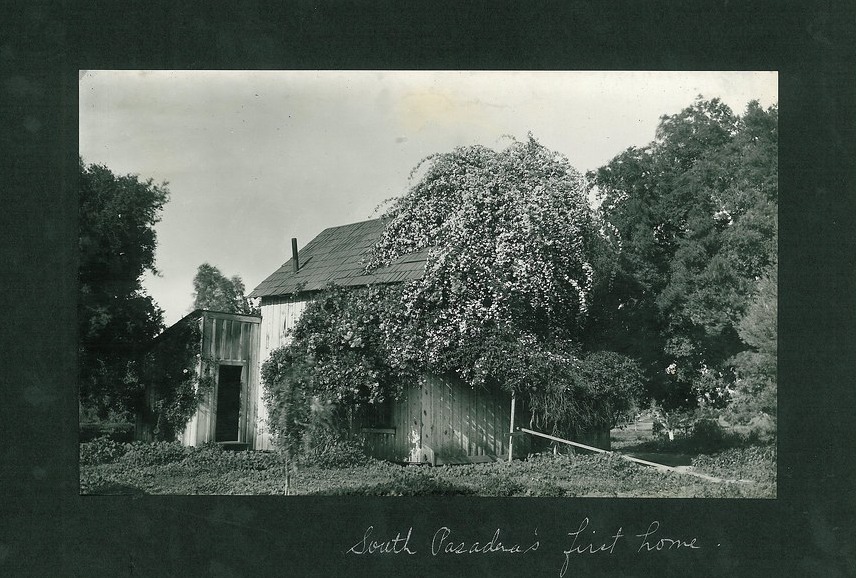
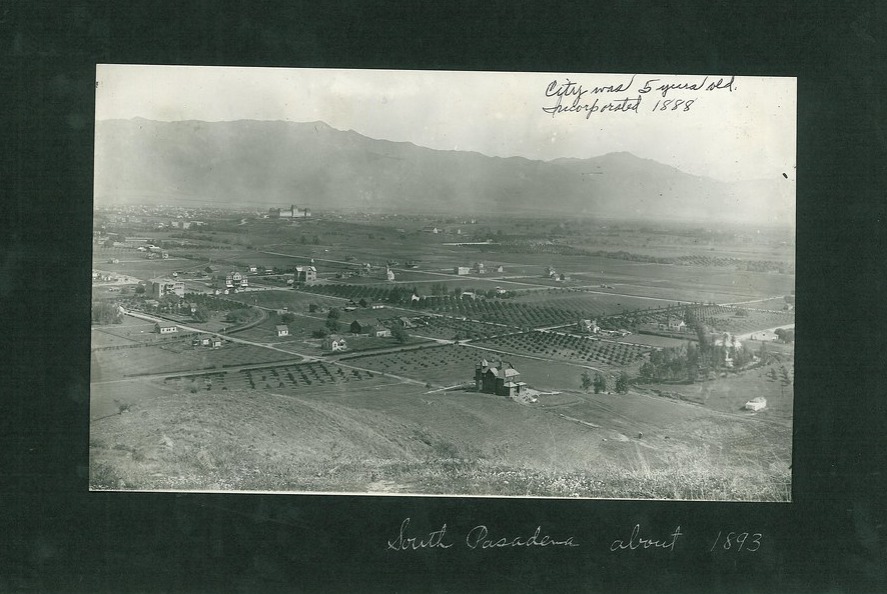
South Pasadena split from Pasadena in the late 1800s and incorporated as a small town of about 500. This small town grew right away, mainly due to its beauty and its agriculture. Tourism soared for this area as travelers came to ride the big birds at the Cawston ostrich farm or to relax at LA’s first luxury hotel, the Raymond Hotel. Once they had a glimpse they knew this should be their home, and when they learned the land cost of this beautiful countryside many travelers turned to locals and dug their roots.
Believe it or not one of the most popular attractions in Southern California was once a flock of ornery bipedal birds, located on a dusty nine-acre farm in South Pasadena! These ostriches were brought to California in 1886 by Edward Cawston, whose plan was to cash in on the popularity of ostrich feathers as fashion accessories by cutting out the middlemen and raising his own birds. Cawston soon realized that he could charge tourists and locals for ostrich cart rides while hawking lucrative ostrich memorabilia from the farm’s gift shop. He expanded his venture into boutiques in New York City, San Francisco, and downtown Los Angeles.
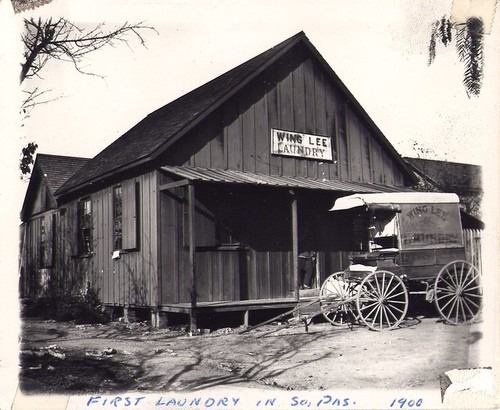
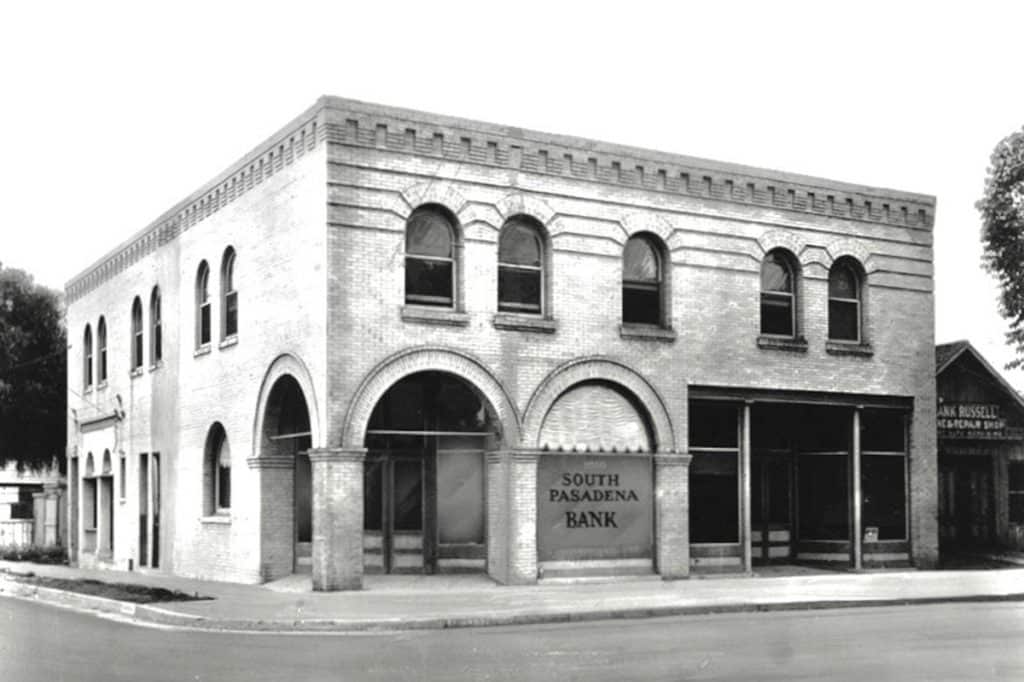
South Pasadena’s Landmark #5
Meridian Iron Works
Established in 1999 and operated by the South Pasadena Chamber of Commerce since 2004, the South Pasadena Farmers Market has created a sustainable, local economy in wonderful, walkable South Pasadena, California.
The Award-Winning South Pasadena Farmers Market brings certified, California-grown produce directly from local farms to you! Rain or shine, every Thursday afternoon we are here throughout the year (except for Thanksgiving). Exit the Gold Line at the South Pasadena station and you’ll find our bustling outdoor market from 4-8pm in Spring, Summer and Fall, and 4-7pm in Winter. The special, inviting ambiance of our market shines under a canopy of towering trees where families, friends, and neighbors gather to enjoy the freshest produce, a diverse array of prepared food vendors, and live music. After shopping, don’t forget to explore the many nearby indie shops and restaurants that are often open late on market night. Some of our favorites are Hopf Chocolate – raw vegan chocolate bars, the Kettle Korn, Chicken Guys – Rotisserie chicken, roasted garlic potatoes, as well as the most extraordinary fresh produce and flowers!
Alexander R. Graham Building
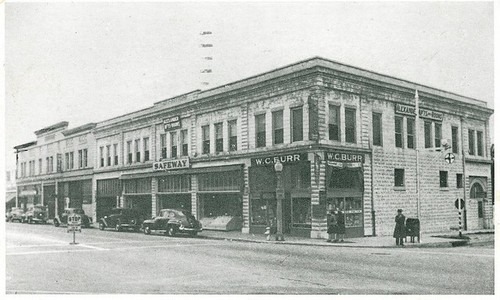
In 1906, a businessman named Alexander R. Graham cleared the eucalyptus grove at the southeast corner of Mission and Meridian and built the concrete block building, which he named after himself. This was South Pasadena’s first commercial building in the historic business district. Later, he built the structure next door and called it the A. R. Graham building.
South Pasadena Water
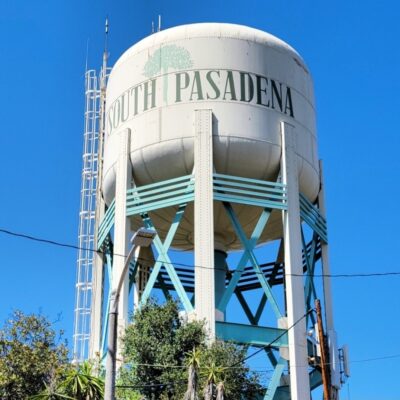
The water systems serving South Pasadena were originally owned by several companies: The Glendale Consolidated Water Company, Pasadena Land and Water Co., and The Marengo Water Company. Due to the inconsistency of water supplied by the various companies, the city issued bonds and established municipal ownership in 1921.
The water supply for the City of South Pasadena has three sources. The first is groundwater pumped from wells in the Main San Gabriel Groundwater Basin, surface water imported by the Metropolitan Water District of Southern California from the Colorado River and from Northern California. Lastly, groundwater from the City of Pasadena, which includes Metropolitan water, is supplied to only the City’s Pasadena Zone.
Ernest A. Batchelder
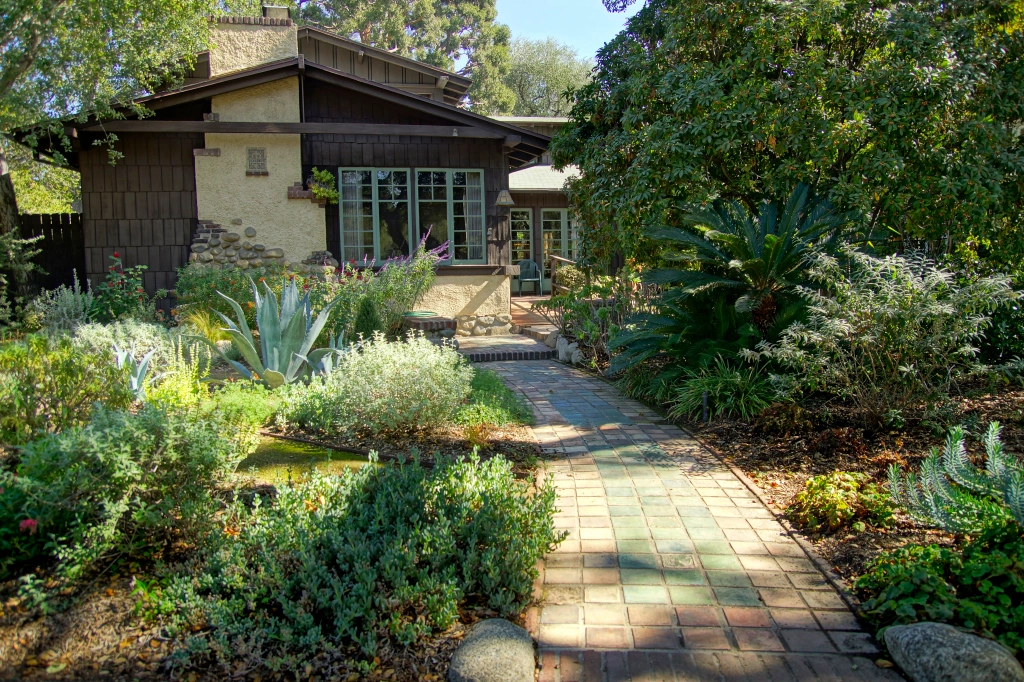
Ernest A. Batchelder (1875–1957) was an educator and artist living in Southern California in the early 20th century. He was a leader in the American Arts and Crafts Movement, and is famous for his handmade art tiles. Batchelder came to Pasadena, California, in the early 1900s to teach. He became director of the art department at Throop Polytechnic Institute, the predecessor of the California Institute of Technology.
His life took a turn in 1909 when, behind his house overlooking the Arroyo Seco, he built a kiln and entered the business of creating hand-crafted art tiles.
THE SHELHAMER GROUP | DRE: 01950995
Glenn Shelhamer is a licensed real estate broker DRE: 01950995 in the state of California and abides by equal housing opportunity laws. All material presented herein is intended for informational purposes only. Information is compiled from sources deemed reliable but subject to errors, omissions, changes in price, condition, sale, or withdrawal without notice. To reach The Shelhamer Real Estate Group’s office manage please call (310) 913-9477.
© 2023 Shelhamer Group. All rights reserved.
